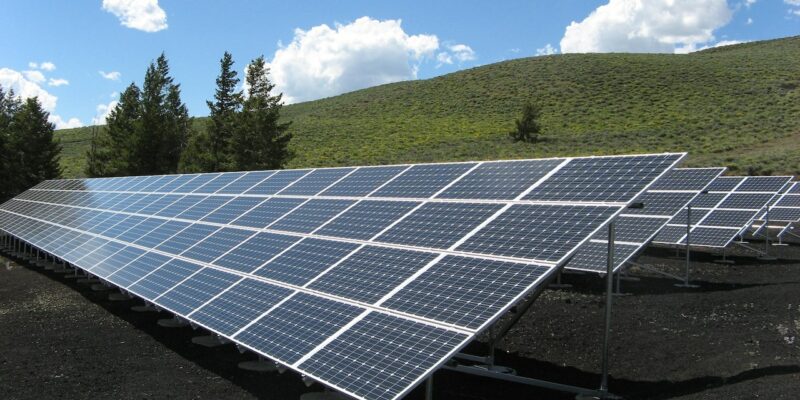With subjects like global warming and climate change at the forefront, clean energy has become increasingly popular. The transition to green energy is not trivial or inexpensive and may seem daunting. Worry not because this guide covers everything you need to know about green sources of energy.
What are Green Sources of Energy?
This energy comes from sources that are sustainable and will be replenished naturally. Renewable energy includes wind, solar, water, and geothermal sources; these resources can never be depleted or run out. Green energy sources do not pollute the environment. For example, burning fossil fuels such as coal or oil produces greenhouse gases like carbon dioxide that contribute to global warming. On the other hand, the generation of green energy sources does not produce any harmful chemicals
Green energy is an integral part of the world’s future because it will help reduce the dependence of humans on fossil fuels—which have caused severe environmental problems—and promote a healthy way of life for future generations.
Renewability
The most important thing to know about renewable energy is that it’s not a finite resource. Renewable resources are replenished naturally, meaning they can be used forever. Renewable energy sources include solar power and wind turbines.
The amount of renewable energy a source produces varies based on several factors: how much sunlight shines on the solar panels, how strong the winds blow through wind turbines, and so on. For example, if you have a 1-megawatt turbine in Wyoming (where there is plenty of wind), your average output will be around 20 megawatt-hours per year—or roughly 3 kilowatt-hours per day (3kWh). On the other hand, if you were to install your same turbine in Kansas City (which doesn’t experience as much wind), your average output would drop down to 10 megawatt-hours per year—or 2 kilowatt-hours per day (2kWh). This means that every kWh from your Wyoming turbine costs more than one from the Kansas City turbine because it takes more material and labour to build up enough electricity for consumers’ needs than for those who need less electricity overall.
Several Options
There are various green sources, including wind, solar, geothermal, hydroelectric and biomass. If you want to use clean energy in your home or business, it is essential to understand the difference between renewable and sustainable. A sustainable energy source is not renewable but can be renewed.
For example, a hydroelectric dam uses the kinetic power of moving water to create electricity. The dam generates power as long as enough water flows through its turbines (which can be for years). In other words: You’re using a non-renewable source of electricity—but at least it’s renewable.
Savings
- The cost of installing a wind turbine is around $10,000, but if you live in an area with high winds and good sun exposure, these systems can pay for themselves over time. After 10 years of use, you can save up to 40 per cent on your monthly electric bills.
- You may be eligible for a tax credit from the federal government if you install a renewable energy system at your home or business. The size of this credit depends on several factors, such as what type of system you have installed and where it’s located (the credits are higher in areas with more severe weather).
Be careful about where you put these systems. They must be mounted safely so they don’t break off or fall onto people below them; also, make sure they aren’t obstructing any roadways or parking areas.







